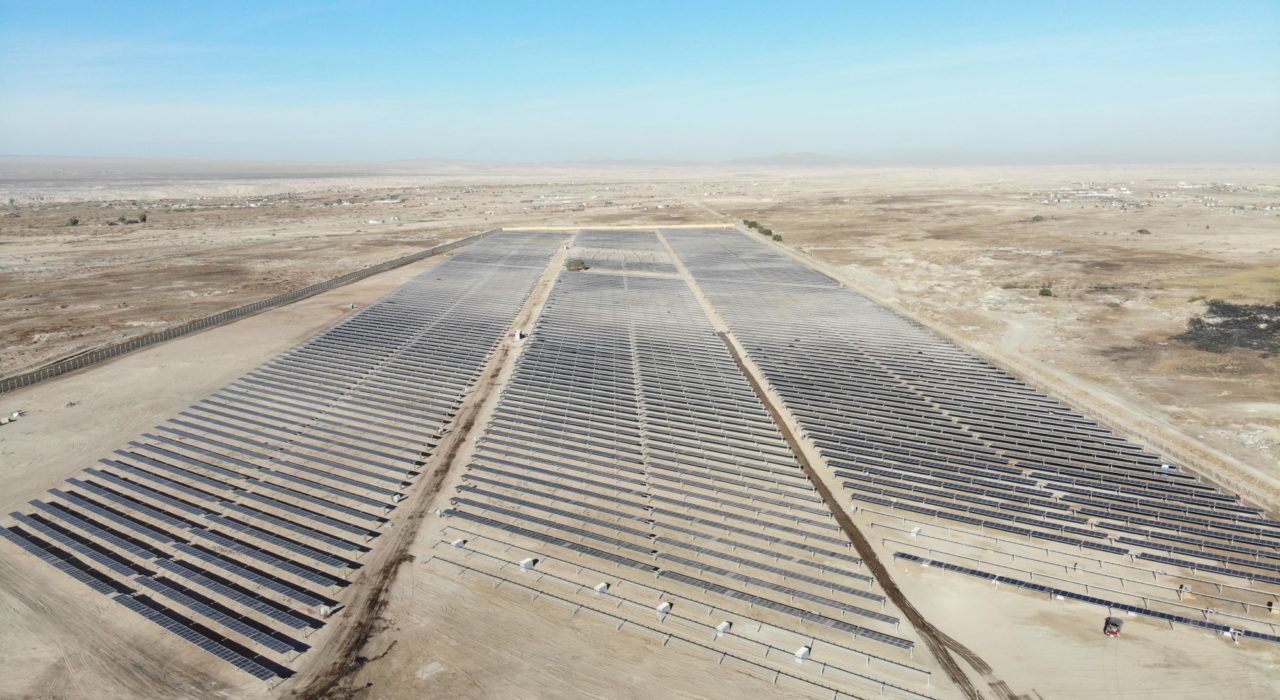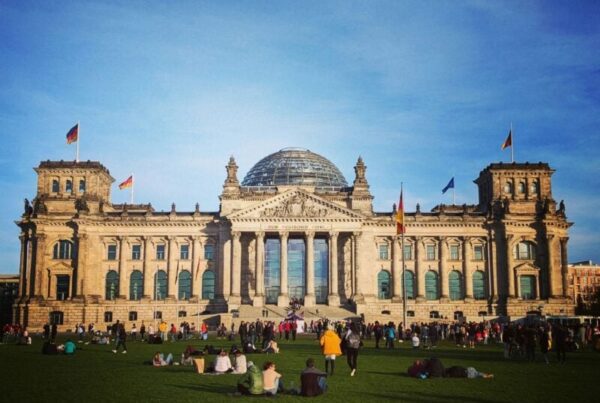
“This project takes us to a larger scale,” said Verano CEO Dylan Rudney. “We are advancing with one of the most advanced green hydrogen gigaprojects in the region and possibly in the world. It signifies a radical shift to end the use of contaminating fuels and fertilizers, delivering a clean and sustainable solution to the planet.”
Due to the vast scale of the project, Verano plans to commission components of the facility in stages. The company expects to receive permits from the Peruvian authorities in the first half of 2025, and commission the first phase of the project, a 1.5GW solar farm that can produce over 420,000 tons of green ammonia annually, by the middle of 2027. Verano expects to commission the entirety of the plant’s capacity by early 2032.
Verano has been active in the South American solar sector in the last 12 months, selling a 150MW project in Argentina this month, and acquiring a 300MW portfolio in Colombia last May. However, it remains to be seen how effectively the company will oversee the deployment of a project of such massive scale, considering that the project’s nameplate capacity of 5.85GW is almost as large as Peru’s total electricity generation capacity of 7.2GW.
Indeed, the largest proposed solar project in Peru is Solarpack’s 300MW San Martin project, at which the company began construction earlier this month. While the Verano project is linked to ammonia and green hydrogen production, the potential presence of such a large solar project in the country could help drive a step-change in the broader Peruvian renewables industry.






